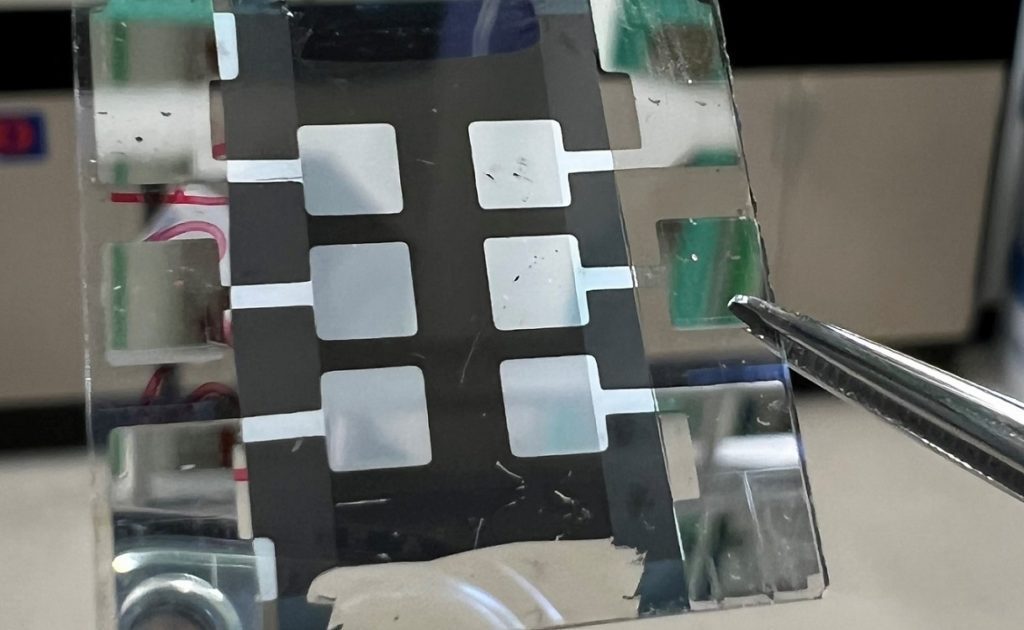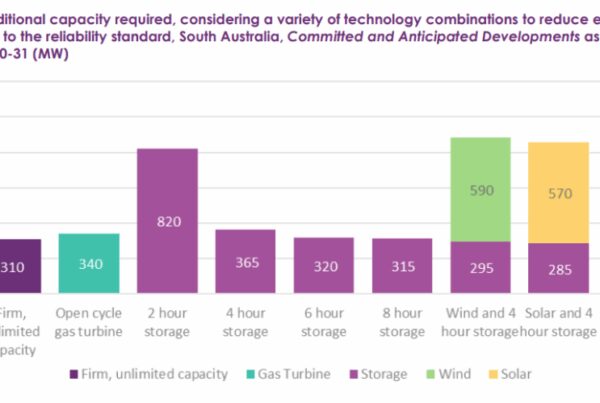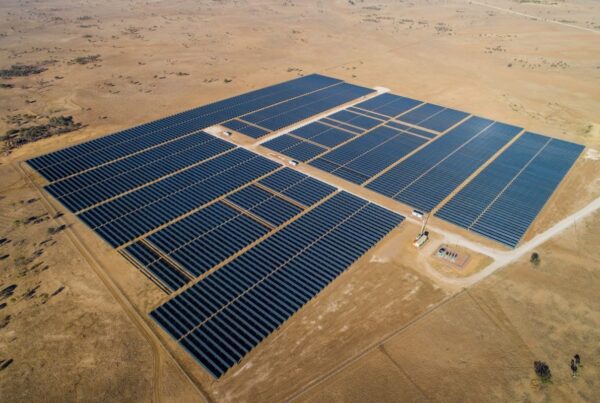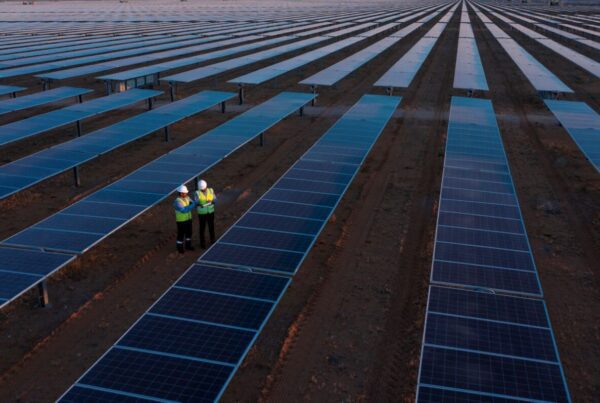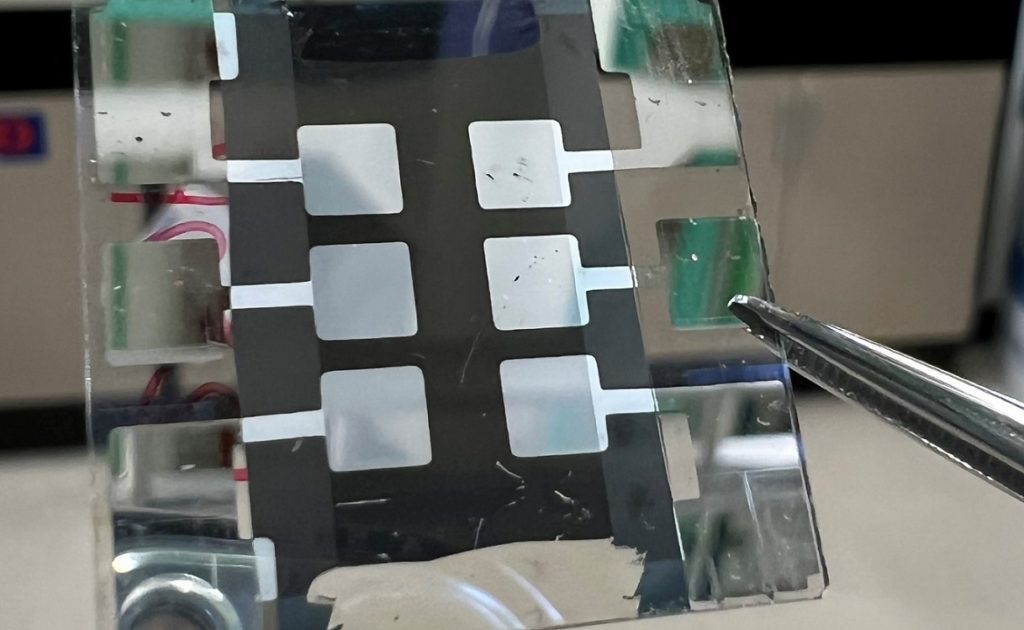
Researchers at the US Department of Energy’s National Renewable Energy Laboratory (NREL) have constructed a perovskite solar cell that they say is both highly efficient and stable.
A unique architectural structure enabled the scientists to record a certified stabilised efficiency of 24% under 1-sun illumination, making it the highest reported of its kind, according to NREL.
The cell also retained 87% of its original efficiency after 2,400 hours of operation at 55 degrees Celsius.
“Some people can demonstrate perovskites with high stability, but efficiency is lower,” said Kai Zhu, a senior scientist at NREL. “You ought to have high efficiency and high stability simultaneously. That’s challenging.”
The researchers used an inverted architecture, rather than the ‘normal’ architecture that has to date yielded the highest efficiencies. The difference between the two types is defined by how the layers are deposited on the glass substrate.
The inverted perovskite architecture is known for its high stability and integration into tandem solar cells, according to NREL, whose team also added a new molecule, 3-(Aminomethyl) pyridine (3-APy), to the surface of the perovskite.
The molecule reacted to the formamidinium within the perovskite to create an electric field on the surface of the perovskite layer.
“That suddenly gave us a huge boost of not only efficiency but also stability,” said Zhu.
The scientists reported that 3-APy reactive surface engineering can improve the efficiency of an inverted cell from less than 23% to greater than 25%.
They also noted that reactive surface engineering stands out as an effective approach to significantly enhance the performance of inverted cells.
The NREL team’s work was done in collaboration with scientists from the University of Toledo, the University of Colorado Boulder and the University of California San Diego.
Their paper, ‘Surface Reaction for Efficient and Stable Inverted Perovskite Solar Cells’, has been published in the journal Nature.
The announcement comes after NREL researchers earlier this year found that a tin-lead perovskite cell can overcome problems with stability and improve efficiency, with an experiment yielding a 25.5% conversion efficiency.
Since then, however, Dongchen Lan and Martin Green from UNSW Sydney found that perovskite solar cells are susceptible to severe reverse bias challenges beyond those of traditional silicon cells, potentially threatening the technology’s commercialisation.


